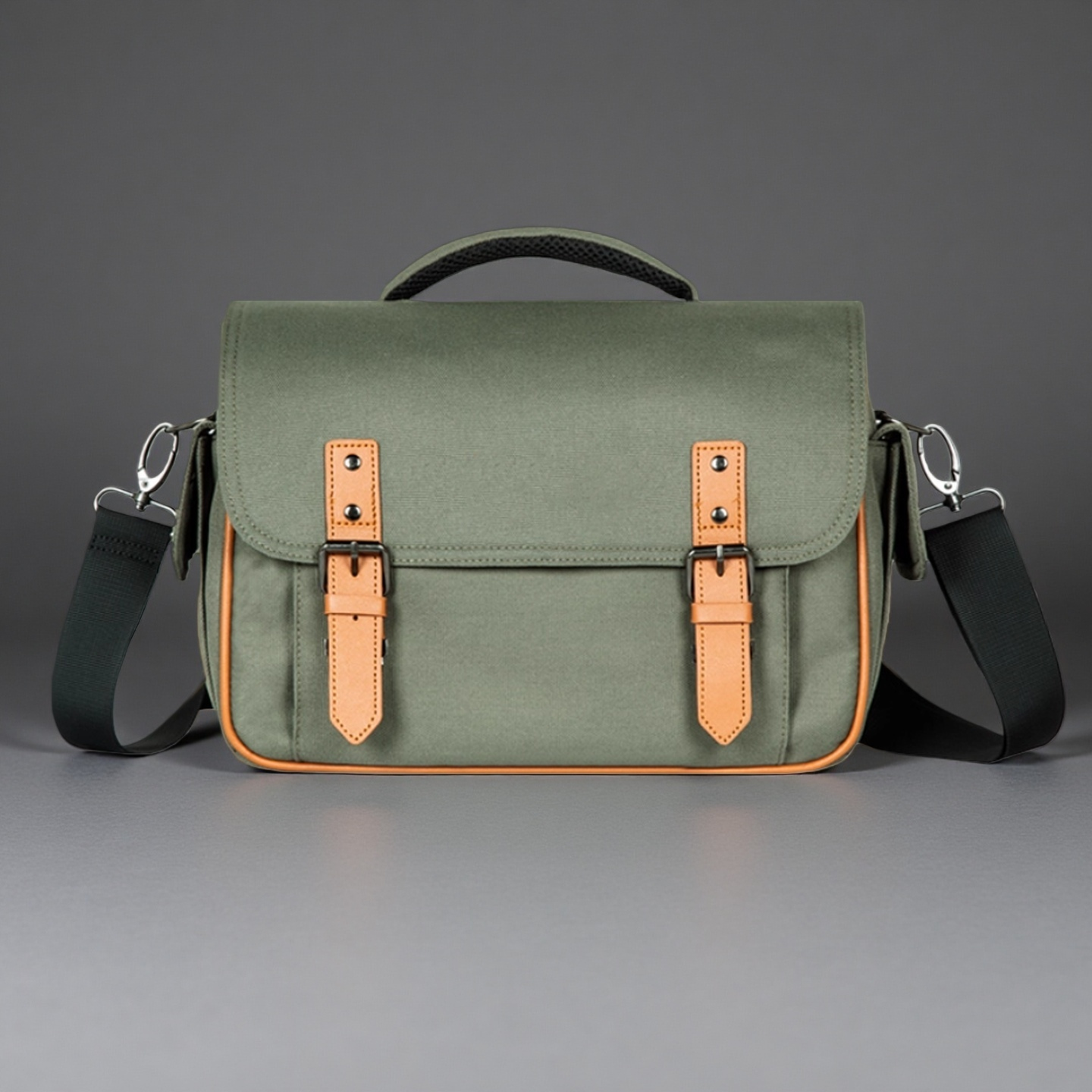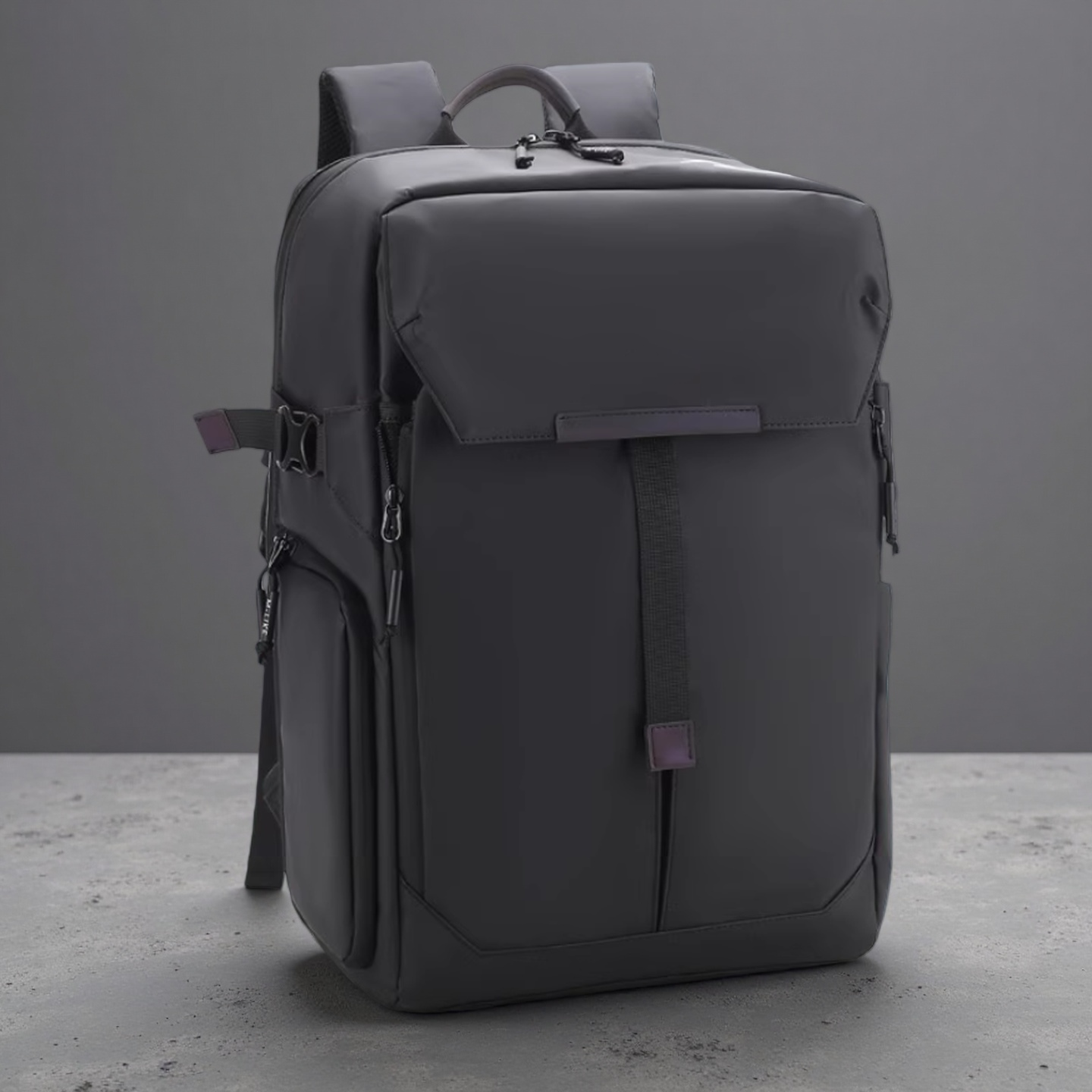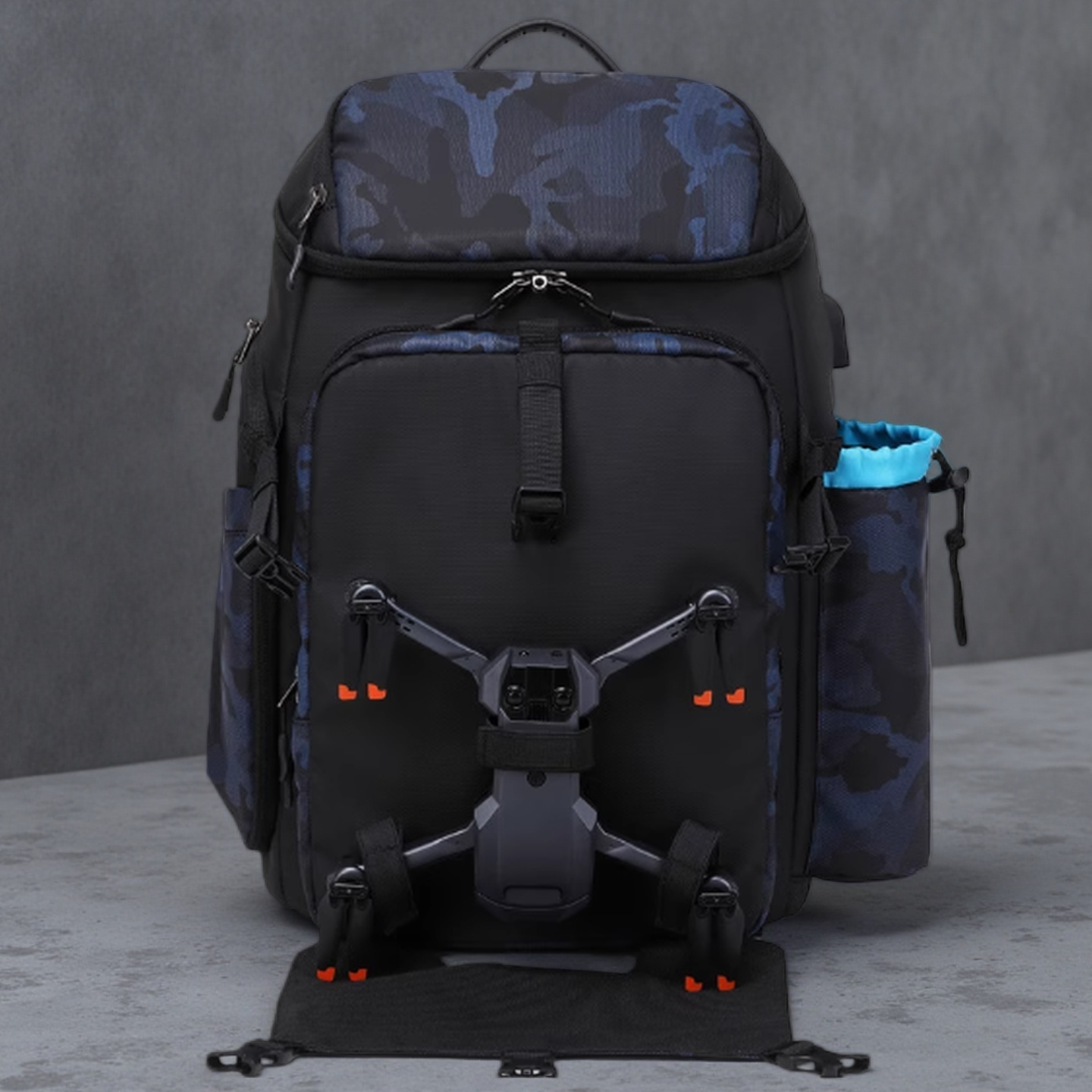In the heart of Europe’s luxury market—where heritage brands like Hermès and Chanel reign supreme—emerging handbag founders face a paradox: How do you carve a niche in a saturated market without mimicking the giants? The answer lies not in competing for the same legacy, materials, or craftsmanship, but in rewriting the playbook of luxury itself.
At OSAMIC, we’ve observed that Europe’s most influential audiences don’t crave another “luxury duplicate.” They seek brands that mirror their evolving values: artistry with purpose, sustainability without compromise, and stories that transcend mere aesthetics. This is where perspective competition thrives—a strategy that sidesteps traditional battlegrounds to create a new language of desire.
1. Craft an Asymmetric Value System: Sell Stories, Not Just Bags
Forget “premium leather” or “vintage-inspired” as your selling points. Europe’s elite consumers prioritize brands that align with their identities.
Example 1: Gabriela Hearst didn’t just design handbags—she embedded eco-luxury into her brand DNA. Her “Nina Bag” became a symbol of climate consciousness, attracting buyers who value sustainability as much as style.
Example 2: Coperni’s “Swipe Bag” merged tech and fashion, using experimental materials like liquid steel. The result? A cult following among innovators who see fashion as a canvas for progress.
OSAMIC Insight: Define scarcity through cultural relevance. Japanese brand Tsuchiya Kaban, for instance, turned obscure leathercraft into a narrative of “functional heirlooms,” appealing to minimalists who reject fast fashion.
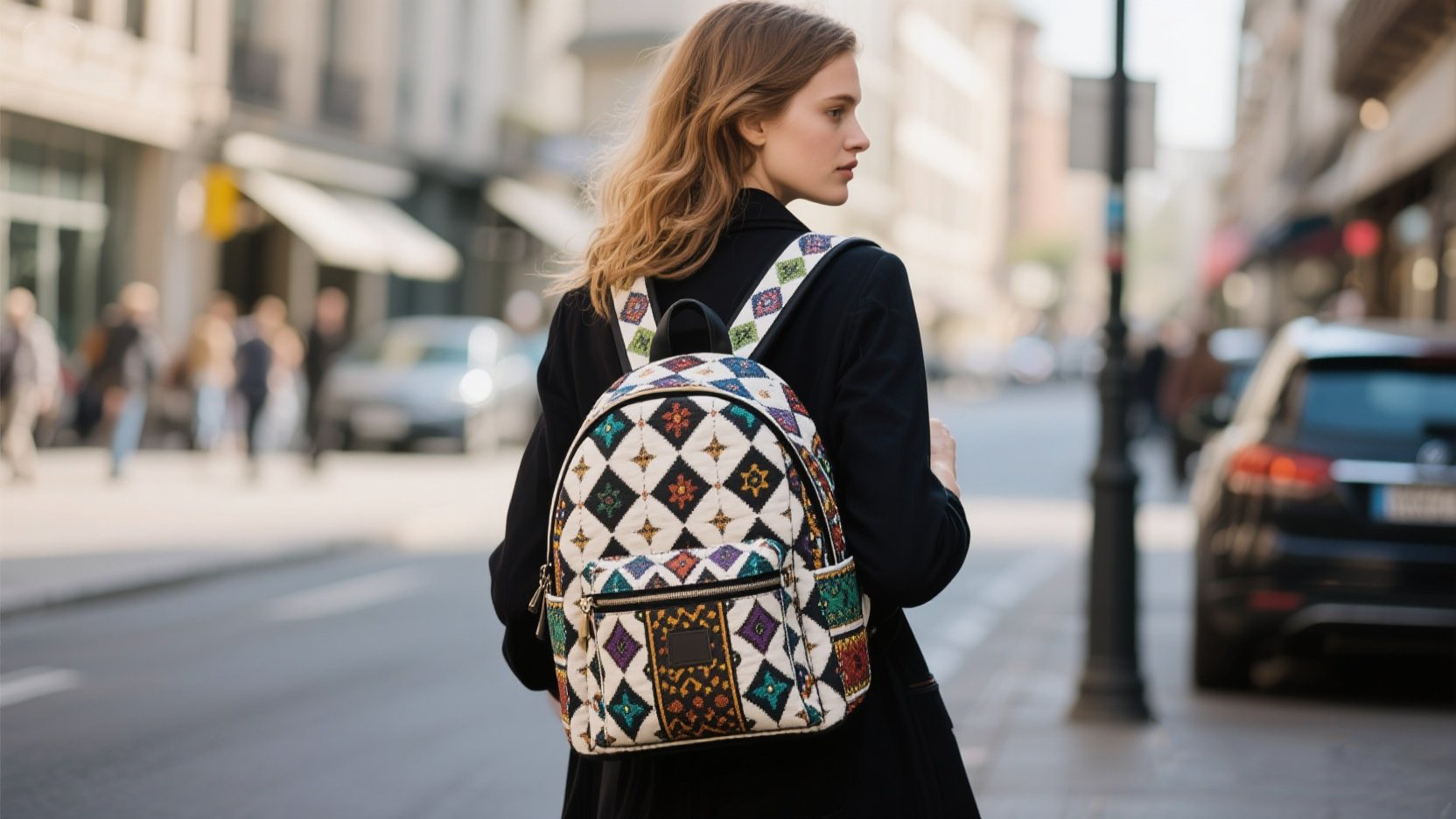
2. Anchor Your Brand in “Spiritual Aesthetics”
Europe’s luxury market thrives on emotional resonance. High-end buyers don’t just want a bag—they want a worldview.
Visual Aesthetics: Adopt a design language that whispers sophistication. Think Bottega Veneta’s understated silhouettes or Loewe’s sculptural minimalism.
Life Aesthetics: Curate usage scenarios. For example, a handbag designed for “the modern explorer” (think: seamless transition from boardrooms to Tuscan vineyards).
Spiritual Aesthetics: Position your brand as a cultural movement. Delvaux, Belgium’s oldest leather goods house, quietly dominated by serving royalty for decades before going mainstream. Their ethos? “Luxury is patience.”
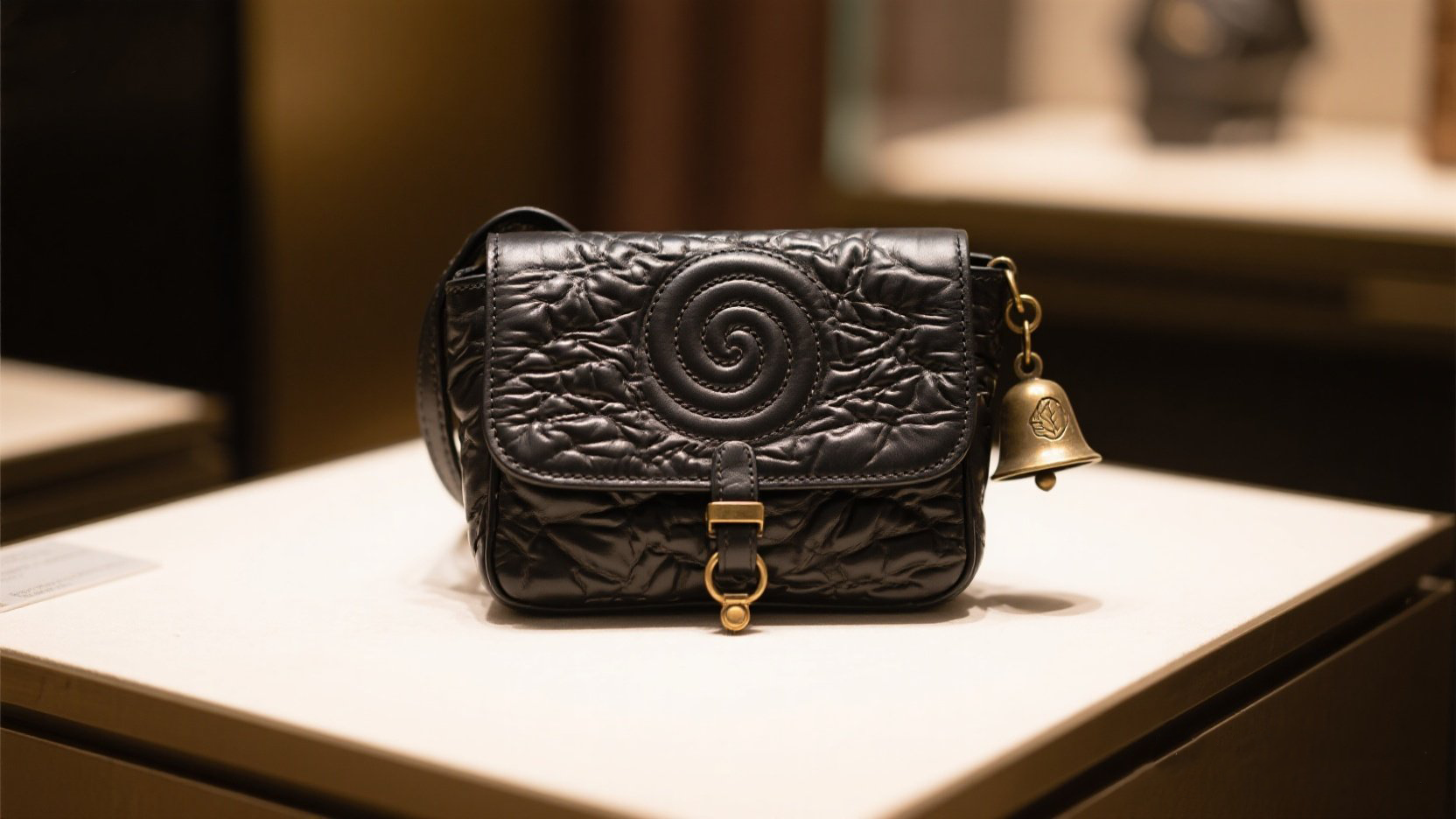
3. Start Small, Scale Through Cultural Momentum
Ultra-high-end brands aren’t built on mass appeal—they’re cultivated in niche communities.
Case Study: Delvaux’s early focus on Belgian aristocracy gave it an air of exclusivity. By the time it expanded globally, its reputation as “the best-kept secret of royalty” was unshakeable.
Tactics:
Partner with local artisans or cultural institutions to embed regional authenticity (e.g., Florentine leather workshops for Italian-inspired lines).
Leverage limited-edition drops tied to cultural moments (e.g., a capsule collection inspired by Scandinavian design festivals).

Conclusion: Compete on Vision, Not Vintage
Building a high-end women’s handbag brand in Europe isn’t about outspending giants on crocodile leather or runway shows. It’s about offering a distinct perspective that aligns with the continent’s shift toward conscious luxury and individualism.
At OSAMIC, we empower brands to:
Reframe Value: Turn craftsmanship into a cultural statement.
Design for Depth: Create products that serve as conversation starters.
Grow with Gravity: Let niche communities amplify your story organically.
The future of luxury belongs to brands that dare to redefine elegance—not replicate it.

